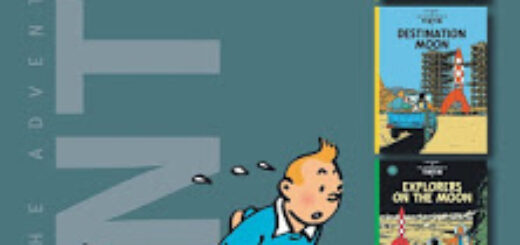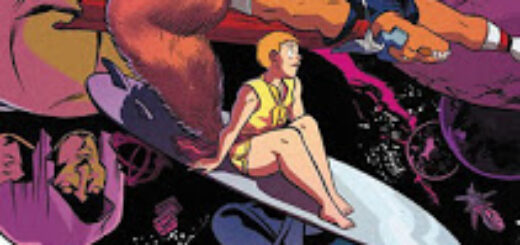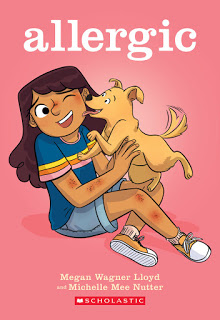The Complete Peanuts, 1955-1956 by Charles M. Schulz
This is, as far as I can tell, the last of the books collecting Charles M. Schulz’s Peanuts comic strips that I’ve never written anything about here. I read the hardcover soon after it came out in 2005, just before this blog existed, but did mention the 1957-58 volume early the next year . (I believe all of my other Peanuts posts can be found through a post on the first book from 2016 and from a 2017 post on the final odds-and-sods volume that collected the odd bits of string from the whole history of the strip.)
So I have thrown around a lot of words about Peanuts over the past decade and a half. And not just me: Schulz is one of the towering masters of the form, so plenty of other people have been pontificating about his work (mostly positively, I think; is there anyone who hates Schulz?). There’s no dearth of discussion of the ol’ round-headed kid, is what I’m saying. You don’t actually need me here to say anything about this book.
But I am here, and I did just read The Complete Peanuts, 1955-1956 . And it’s…just fine, actually.
This is a middle period: any strip that runs for a really long time will have at least one of those, where it was one thing, and will someday become something slightly different, but right now is just running its gag every day, trying some small tweaks as it goes and starting to speciate. In the mid to late ’50s, Peanuts was as general as it was ever going to be: the kids basically were kids, doing kid things in a kid world, and occasionally even seemed to be specific ages (just old enough for school, generally).
So the initial shock had worn off. Charlie Brown had settled down into a sad sack rather than a trickster, but all of the ritualized humiliations were still gathering. This book sees him lose kites to trees, but not gloating trees. Lucy pulls away a football maybe once. The whole baseball team loses, but it’s not all on his head yet. He was the central kid in a world of kids, in that imagined green and glorious ’50s suburbia full of other kids just like himself. Franklin was still a good decade off; even Peppermint Pattie wouldn’t appear for a while – these are all the white kids in the relatively nice neighborhood, for all Original Pattie teases Charlie Brown about the relative poverty of his barber father.
The kids tease each other in kid ways and do goofy kid things. Sometimes surrealistically, as comics can: Linus can blow square balloons. But mostly naturalistically. Pig Pen gets more page-time here, and is still as one-note as he was in the previous book.
On the other side, Snoopy is getting odder, more specific and less realistic. He doesn’t have thought balloons yet, but he clearly doesn’t think like a dog anymore. Not only does he think he’s people – lots of dogs think that – but he can convincingly act like people, more and more.
Peanuts would become magnificent in a few years. But strip comics rarely become magnificent immediately. (Counterexample: “‘ja think I’m a cowboy?”) Schulz was, at this point, writing a Zeitgeist strip, about the consensus best possible life in the best possible nation in the best possible moment in history, for an audience that loved to hear that. He was good at that, but he was better than that – you can see how he got better in later volumes of this series.
![]()
![]()
Reposted from The Antick Musings of G.B.H. Hornswoggler, Gent.

































































